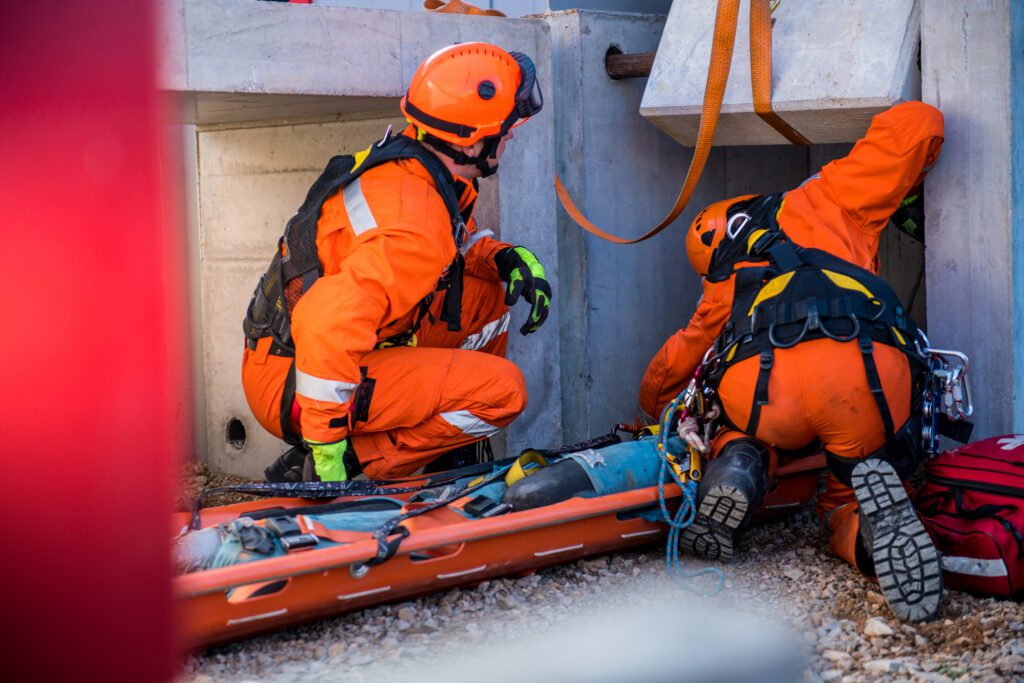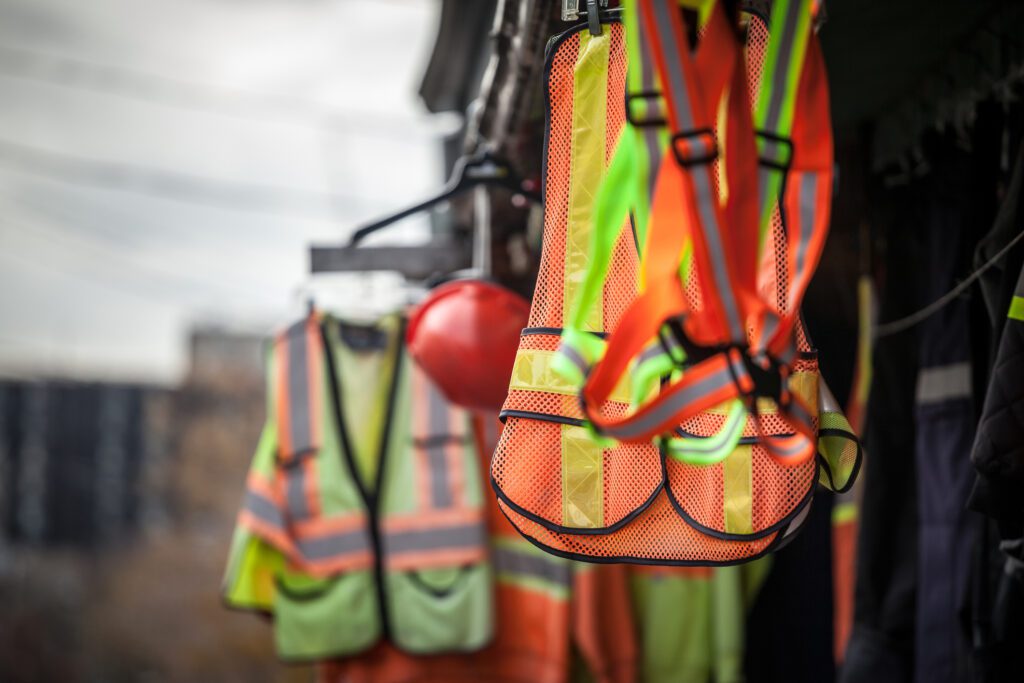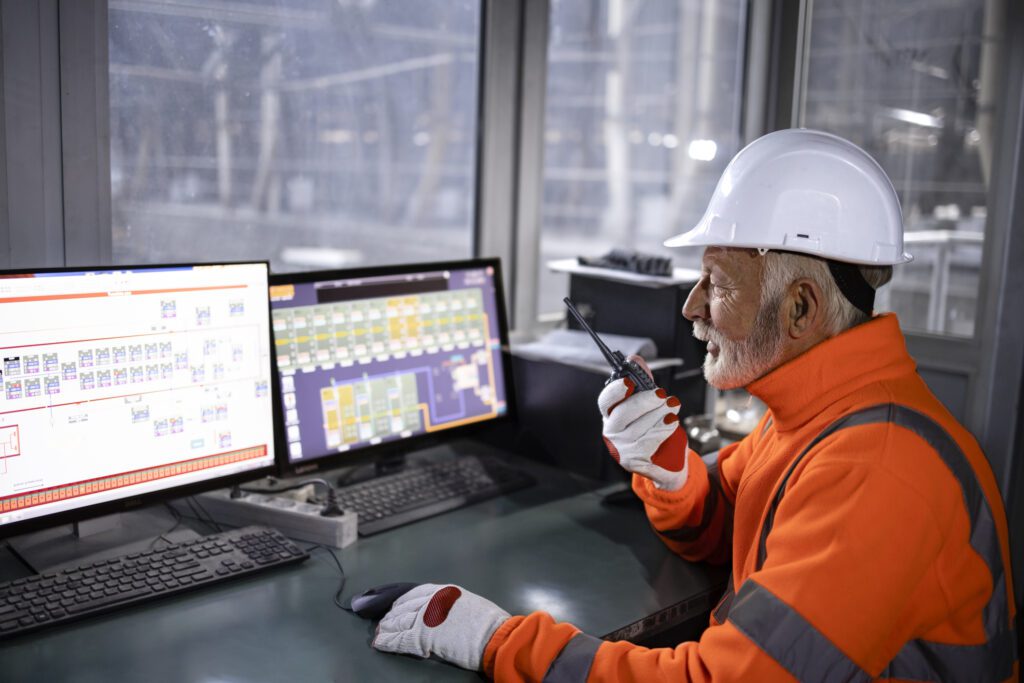Occupational accidents and worker safety are a major concern for industrial companies. The application technology increases industrial safety, minimizing the percentage of accidents and boosting economic profits.
Technology is the application of knowledge and skills to facilitate and solve society’s problems. One of the biggest problems in the industry is the high rate of accidents that, despite decades of regulations and protocols, has not been able to decrease. Technology increases industrial safety, reducing accidents, protecting workers more efficiently and positively impacting attendance levels and company profits.
What is industrial safety.
Industrial safety is the set of mandatory standards focused on avoiding or minimizing work accidents. These include those capable of causing damage to people, goods or the environment. The main purpose of these provisions is to protect people in their workplace, which results in lower absenteeism and higher profits.
For a work environment to be safe, there are many processes involved: from technical issues to administrative and legal procedures. The focus is on risk prevention; knowledge of and compliance with regulations; the use of personal protective equipment; periodic evaluation and controls; and personnel training.
What has not yet been standardized is the use of technology in the prevention and/or mitigation of accidents. Technology, at least in industry, has been applied mainly in production processes. In the last decade, several companies began to develop technological advances to increase the safety of their workers. And they discovered that the potential is enormous.
Learn about 3 technologies that increase industrial safety.
Today we introduce three technological advances currently available that have a great impact on industrial safety. Thanks to their functionalities, they can prevent accidents and take proactive measures, increasing the protection of all workers. These are: geolocation, data analytics and intelligent or digital PPEs.
Geolocation
Geolocation consists of obtaining the exact geographic location of an object. Different methods can be used, such as checking the IP address of a computer or the GPS system. A global positioning system, consisting of a network of satellites such as GPS, GLONASS and Galileo, is used for this purpose.
Despite the initial misgivings that the use of geolocation may generate, it is a fundamental technological tool for increasing industrial safety. Immediate access to a worker’s position allows rapid assistance in the event of an accident, mitigating its consequences. It also makes it possible to carry out efficient counts in the event of an evacuation, facilitating the work of the emergency services. Finally, in the case of isolated workers, the use of immediate alarms combined with geolocators makes it possible to understand if there has been an accident or fall, and enables active monitoring of their situation.

Data analytics/Big data
According to PowerData, Big Data refers to the set of data whose volume, complexity and speed of growth make it difficult to process using conventional tools. The term Data Analytics, on the other hand, describes the set of processes and technologies and business models that are based on data analysis and capturing the value that the data itself holds, according to an article by the University of Alcalá.
Why are they so interesting for increasing safety? Because the combination of the two provides information and answers to a myriad of questions that companies have. By accessing an immense amount of data, organizations have the potential to identify problems more efficiently and make decisions about them. Therefore, what is important is not only having data, but what companies do with it.
In terms of safety, having relevant information and software that processes and delivers it allows industrial companies to implement proactive improvements in order to achieve higher levels of protection. Some of these data applied to safety can be: areas and schedules in which most accidents occur, equipment that is usually involved, the most common types of accidents, whether the workers involved had worked overtime or not, among others.
Smart or digital PPEs.
According to the International Labor Organization, PPE is all type of equipment that protects the user from the risk of accidents or adverse health effects. Classic PPE includes safety helmets, gloves, eye protection and safety harnesses, among others. It is important to use them because, despite the regulations and measures that the company may have taken, industrial work usually involves risky situations. PPE is therefore mandatory, and it is the responsibility of both the worker and the leaders to ensure its correct use.

The design of PPE with built-in technology also increases industrial safety. Digital, or smart, PPE “incorporates technological innovations in materials, portable electronic components and digital applications,” according to an article by the Colombian Safety Council. They are critical in taking the next step in safety, and should become the next standard in industrial protection.
Thanks to embedded technology, including geolocation previously mentioned, digital PPE offers multiple safety functionalities. They can establish potential risks, avoiding for example collisions; identify and immediately alert about falls and work at heights; track location in hazardous environments; monitor the user’s health status, among others.
Finally, all three technologies can be combined, creating wereable devices that protect industrial workers. This digital PPE, that includes geolocation, can be also connected to a sortware, offering industries an enormous amount of data and information regarding safety. The tools are already here; and it is a fact that technology increases industrial safety. It is time to start taking our worker’s protection seriously.

